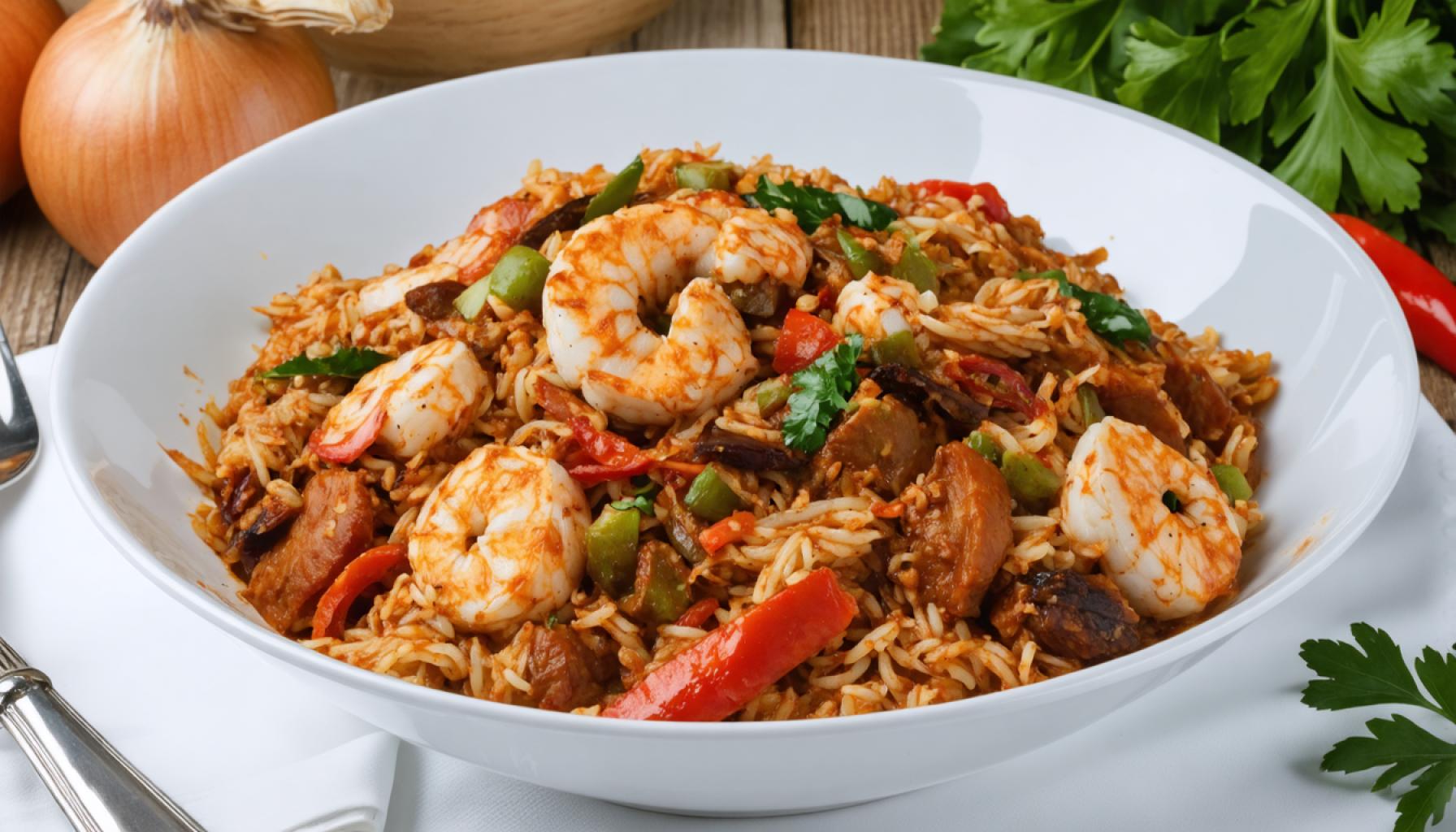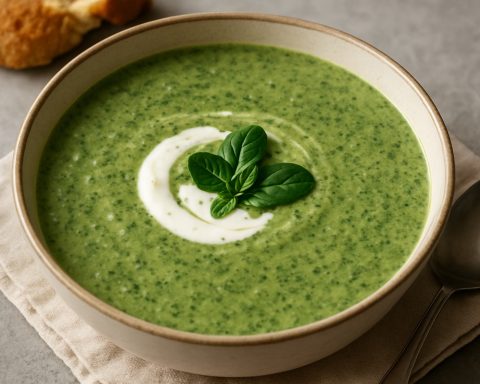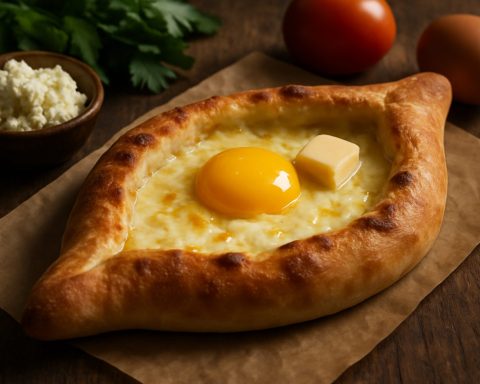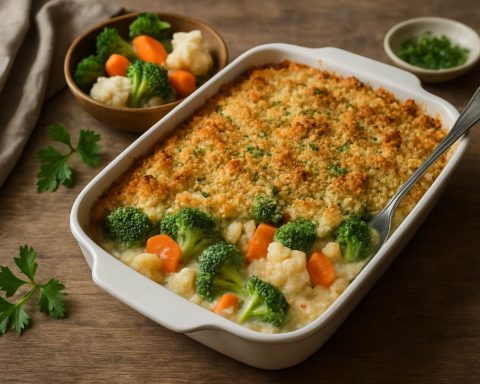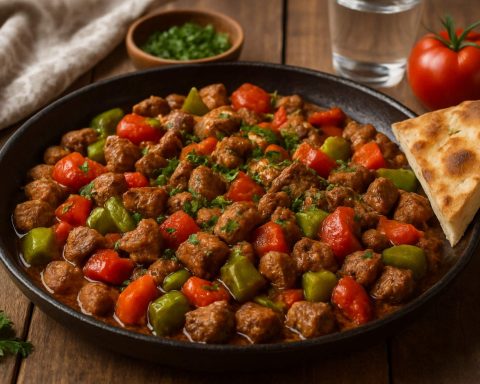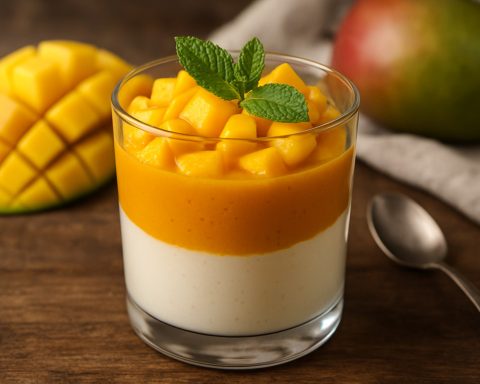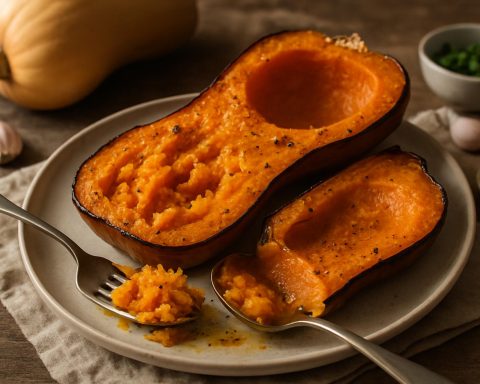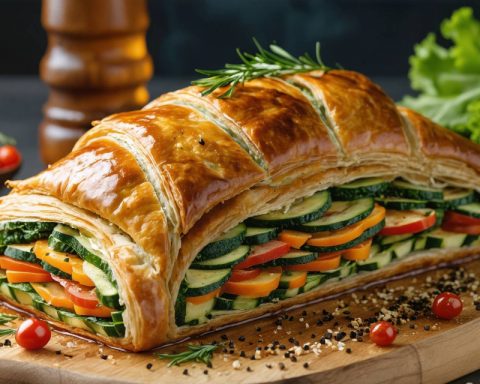Jambalaya, a beloved dish with a rich history, hails from the cultural melting pot of Louisiana. Known for its vibrant flavors and the perfect balance of spice, it embodies the spirit of the Cajun and Creole traditions. This one-pot wonder is often served at celebrations, family gatherings, and Mardi Gras due to its festive nature and ability to feed a crowd.
Flavor Profile: Jambalaya is a hearty concoction of smoky andouille sausage, succulent shrimp, and tender chicken, all mingling with the holy trinity of Cajun cooking – onions, bell peppers, and celery. Add in the zing of cayenne, the earthiness of thyme, and a dash of hot sauce for a punchy finish.
Ingredients:
– 1 tbsp olive oil
– 1 pound andouille sausage, sliced
– 1 pound chicken breast, diced
– 1 onion, diced
– 1 bell pepper, diced
– 2 stalks celery, diced
– 2 cloves garlic, minced
– 1 cup long-grain rice
– 2 cups chicken broth
– 1 can (14.5 oz) diced tomatoes, with juice
– 1 tsp thyme
– 1 tsp paprika
– 1/2 tsp cayenne pepper
– Salt and pepper to taste
– 1 pound shrimp, peeled and deveined
– 2 green onions, sliced
Instructions:
1. Heat olive oil in a large pot over medium heat. Sauté andouille sausage until browned. Remove and set aside.
2. In the same pot, add chicken and cook until browned. Set aside with the sausage.
3. Add onions, bell peppers, celery, and garlic. Cook until softened.
4. Stir in rice, chicken broth, diced tomatoes, thyme, paprika, cayenne, salt, and pepper. Bring to a boil, then reduce heat and simmer for 15 minutes.
5. Return sausage and chicken to the pot. Cook for another 10 minutes.
6. Stir in shrimp and cook until pink and firm.
7. Garnish with green onions before serving. Enjoy your taste of Louisiana!
The Health Benefits of Jambalaya: A Nutrient-Packed Southern Delight
Jambalaya, a quintessential dish from the heart of Louisiana, is not only a feast for the taste buds but also a good source of essential nutrients. As this one-pot wonder brings together the flavors of andouille sausage, shrimp, and chicken with a medley of vegetables and spices, it offers numerous health benefits that make it a gratifying and nourishing meal choice. Let’s delve into the health-enhancing properties of its key ingredients.
Andouille Sausage, Chicken, and Shrimp: Protein Powerhouses
This trio of proteins forms the backbone of jambalaya, each contributing unique nutritional benefits. Andouille sausage, known for its smoky flavor, provides a source of protein and essential vitamins like B12, crucial for maintaining healthy nerve and blood cells. Meanwhile, chicken breast, often hailed for its leanness, offers high-quality protein that supports muscle growth and repair while being low in fat. Shrimp adds to the mix with its rich content of omega-3 fatty acids, which promote heart health, and selenium, an antioxidant that supports immune function.
The “Holy Trinity” of Vegetables: Nutrient-Rich Foundation
Onions, bell peppers, and celery form the vegetable core of jambalaya, infusing the dish with both flavor and nutrition. Onions bring in antioxidants, such as quercetin, known for their anti-inflammatory properties. Bell peppers, particularly red ones, are an excellent source of vitamins A and C, bolstering immune function and skin health. Celery offers a good supply of vitamin K, which is essential for blood clotting and bone health, and its low-calorie content makes it a lightweight addition to this flavorful dish.
Garlic: Nature’s Health Booster
The inclusion of garlic elevates jambalaya’s health benefits, as this tiny bulb is celebrated for its ability to enhance heart health by helping to reduce blood pressure and improve cholesterol levels. Garlic’s active compounds, like allicin, also help boost the immune system and may have anti-cancer properties.
Spices: The Zest of Life
The exciting blend of thyme, paprika, and cayenne pepper not only enhances jambalaya’s heat and depth of flavor but also adds significant health benefits. Thyme is known for its antibacterial and antifungal properties, supporting overall health, while paprika is rich in vitamin A and capsaicin, which can help boost metabolism and combat inflammation. A dash of cayenne pepper invigorates the dish with capsaicin, providing additional metabolic boosting and pain-relief qualities.
Rice: Sustained Energy
The long-grain rice in jambalaya serves as a healthy carbohydrate source, providing sustained energy. It is an excellent choice for those needing a stable energy source throughout the day, paired with the fiber in vegetables to aid digestion.
By bringing together these ingredients, jambalaya offers a balance of proteins, healthy fats, complex carbohydrates, and plenty of vitamins and minerals. It is a versatile and satisfying dish that nourishes both body and soul, embodying the lively spirit of Louisiana cuisine with every hearty serving. Enjoy your nutrient-rich taste of the South, knowing you’re feasting on a dish that’s as beneficial as it is delicious!
Unlocking the Secrets: The Jambalaya Phenomenon and What You Didn’t Know
Jambalaya: More Than Just a Dish
The culinary creation known as jambalaya extends beyond its roots as a staple of Louisiana’s Cajun and Creole cuisines, bringing together a fusion of cultures, flavors, and stories from around the world. What many may not know is the dish’s historical evolution and its rise as an international favorite in contemporary kitchens. In this exploration, we dive deeper into the elements that make jambalaya a unique culinary experience and highlight emerging trends and insights surrounding this beloved dish.
Rising Trends and Culinary Innovations
The popularity of jambalaya has soared beyond the boundaries of Louisiana, catching the eye of chefs and food enthusiasts worldwide. Recent culinary innovations have spotlighted its versatility, with chefs experimenting with ingredients like quinoa as a base instead of the traditional long-grain rice, offering a healthier twist while preserving the dish’s robust flavors.
Moreover, plant-based adaptations with vegan sausages and tofu replacing the traditional meats have gained traction, making jambalaya more accessible to diverse dietary preferences. This shift not only caters to health-conscious consumers but also aligns with global movements towards sustainability and ethical dining.
Jambalaya in the Digital Age
With the rise of digital platforms and culinary blogs, jambalaya has become a hot topic among food bloggers and vloggers. Practical and accessible tutorials have emerged, allowing cooking enthusiasts to master the art of jambalaya creation from the comfort of their own homes. Food influencers are instrumental in demystifying this classic dish, making it approachable for novice cooks as they break down the recipe into digestible, step-by-step processes.
Cultural Significance and Global Reach
Jambalaya’s vibrant heritage resonates with food lovers globally. Its cultural significance is celebrated at various festivals, beyond New Orleans, illustrating its enduring appeal as a symbol of communal gatherings and joyous occasions. The dish’s adaptability to include locally sourced ingredients allows it to be integrated into different culinary landscapes worldwide.
Pros and Cons of Cooking Jambalaya at Home
Pros:
– _Cultural connection:_ Cooking jambalaya provides a taste of Louisiana, offering a rich culinary experience.
– _Versatility:_ Easily adaptable to accommodate dietary restrictions and personal preferences.
– _One-pot convenience:_ Minimizes cleanup and simplifies the cooking process.
Cons:
– _Flavor complexity:_ Achieving the authentic taste requires precise seasoning and depth.
– _Cooking time:_ Preparation and cooking can be time-consuming, especially for beginners.
For those intrigued by jambalaya’s multifaceted appeal, the dish serves as both a challenged journey and a rewarding culinary triumph, delivering a symphony of flavors and a salute to a legacy of cultural harmony.
To explore more about Cajun and Creole cuisine, visit the main domain of Louisiana Travel for authentic recipes and cultural insights.
